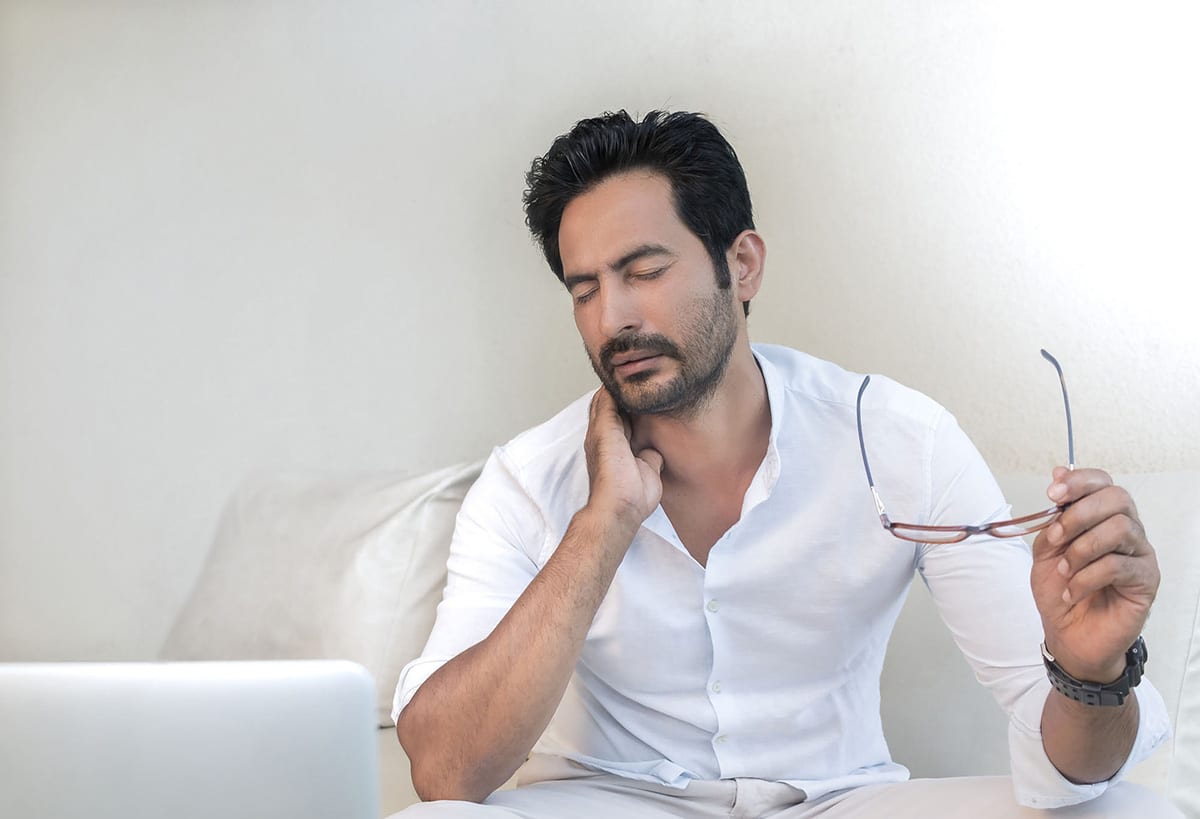What’s the most common injury that keeps people home from work? You might not be surprised to learn that it is back pain. Spinal injuries are most common in people who do hard physical work, such as construction, but can hit anyone. Herniated or bulging discs can be extremely painful. Traditionally, doctors would prescribe extended periods of bed rest, but the consensus is now moving away from “total” rest and towards partial rest. Controlled exercise is now often part of the treatment regimen for spinal injuries. It can also help people with a compromised spinal cord – even paraplegics.
What do Doctors Have to Say About Exercise and Spinal Injuries?
What medical professionals recommend depends on the nature of the injury. Lumbar sprains are one of the most common – this means you have pulled something in your lower back. Staying in bed all day is actually stated to make a lumbar sprain worse, although wearing a lifting belt is often recommended. Physical therapy may be prescribed.
For a herniated disk, which is sometimes called a slipped disk, doctors now recommend a planned regimen of exercise and pain medication, and the avoidance of positions and activities which worsen pain. If this does not work, physical therapy is generally recommended.
Spinal cord injuries depend on the severity. Surgery is fairly common, but after surgery, treatment focuses on rehabilitation to restore as much function as possible.
Pilates for Spinal Injuries in Westwood
You may have heard pilates mentioned in the same breath as yoga, although there are some key differences. Pilates is an exercise regime designed to develop both core strength and flexibility, and many of the exercises (there are hundreds) can be done with no equipment and at home. This makes pilates perfect for physical rehabilitation, as does the fact that exercises can be chosen that help, rather than hinder, healing. Pilates can also make you feel better and help with mood.
Obviously, you should talk to your doctor or physical therapist before adding pilates to your exercise regime. Generally, it is not a substitute for prescribed physical therapy, but an addition, and you would generally start the regime once well into recovery. Your instructor will need to know what your limitations are so that they can choose the best exercises for you to do and, if necessary, modify certain exercises. The ultimate goal is to:
- Strengthen the muscles around the injury so as to reduce pressure on the spine. This reduces the risk of re-injury.
- Assist you in compensating for the injury in ways which are helpful rather than harmful. For example, some people with back pain end up walking with their weight on one side, standing crooked, or hunching. Pilates can help you avoid those bad habits, which can cause “compensation injuries” where you strain a leg muscle or a different part of your back.
- Improve your mood and feeling of control over the situation. Yes, it is possible for people who are temporarily or permanently confined to a wheelchair to do many pilates exercises, and the feeling that you can still control your body can help avoid the high rates of depression and suicidal ideation that are known amongst people who have permanently lost the use of part of their body.
- Improve overall energy and vitality.
You should not just go to any Pilates instructor, but to one with experience helping people with back problems. Sheppard Method instructors work often with people who are recovering from injuries or trying to manage pain. They have the skills and experience needed.
Preventing Spinal Injuries with Pilates
If you don’t have a back problem, then you might look at worrying statistics and ask yourself how you can prevent becoming one of them. Some back injuries are caused by falls, car accidents, or other trauma. However, many are the result of overuse. The following techniques can help you avoid a back injury in the first place, or can help keep you from repeating a past injury:
- As much as possible, lift from your knees, not your back.
- Avoid twisting your body to one side to lift something if possible.
- Keep good posture when standing or sitting. Keep your back upright, and try not to slouch or flop. If you consistently sit and stand upright, your body will “learn” that good position and it will come to feel comfortable and natural.
- Don’t lift beyond your abilities. Ask for help or use a hand cart if possible.
- Stay hydrated and always drink enough water. Your disks need water to stay healthy.
- Find a comfortable sleep position. Make sure you are using a pillow that is neither too thin nor too thick. Avoid sleeping on your stomach if you can.
- If you work at a computer, then you should set your workstation up ergonomically. Use a keyboard tray so your keyboard is a bit above waist height. The top of the monitor should be slightly below the height of your head. If you are short and doing this means your chair is so high your feet dangle, get a footrest.
- If you sit for long periods, whether at a computer or when driving, stand up and walk around periodically.
- Do exercises that strengthen your back and core.
That last one, of course, is where pilates comes in. The exercises included in pilates, especially at Sheppard Method Pilates, are particularly useful for strengthening your back and also muscles like your obliques, which help if you have to reach around and twist to get to stuff. Make sure to choose a class at your level.
Pilates is a fantastic way to recover from a back injury, keep from getting one in the first place, or avoid re-injury. Everyone should be exercising, and pilates is particularly good if you need to improve core strength and flexibility and protect your back from injuries. While we can’t keep accidents from happening, we can avoid overuse and we can speed recovery with properly designed exercises that help your back get better and train you in how to move correctly without pain or aggravating an injury. To find out more about how Pilates can help you recover from your back problem or avoid a recurrence, contact Sheppard Method Pilates today.

